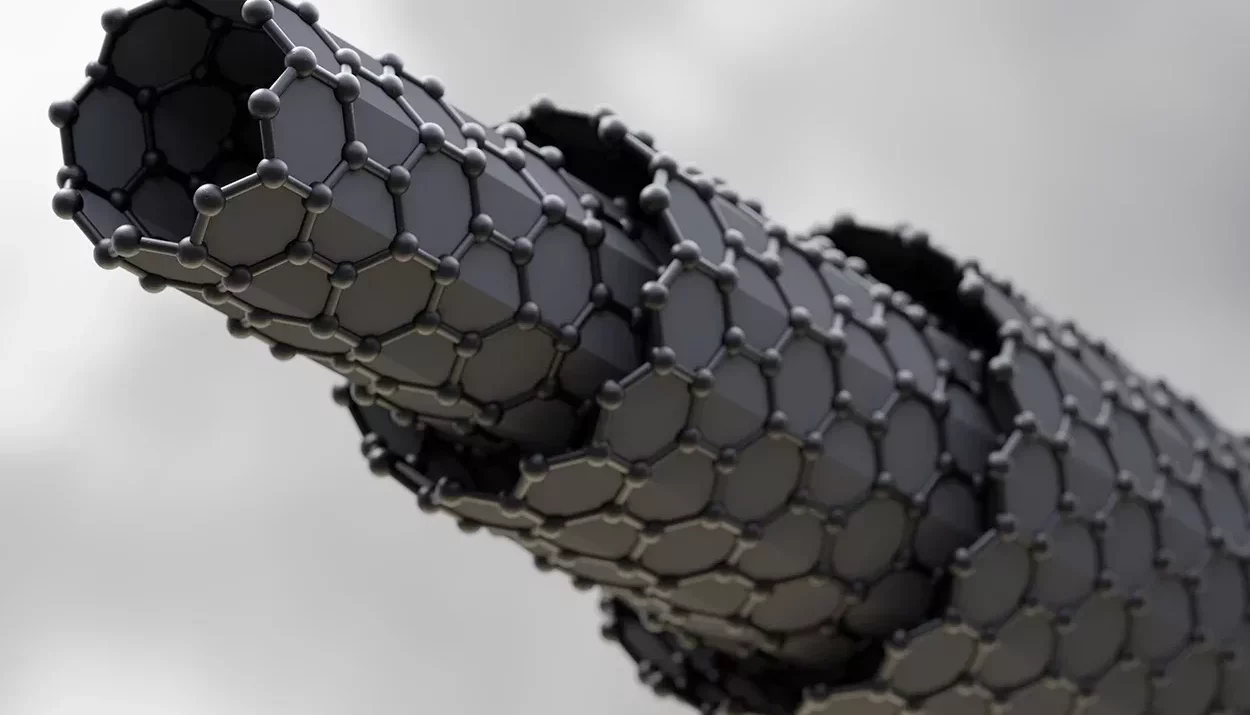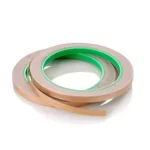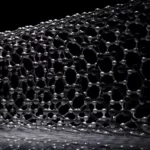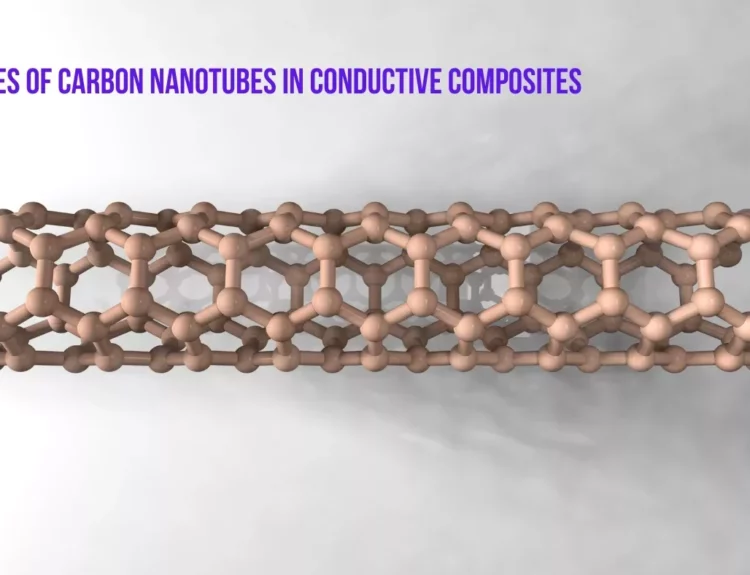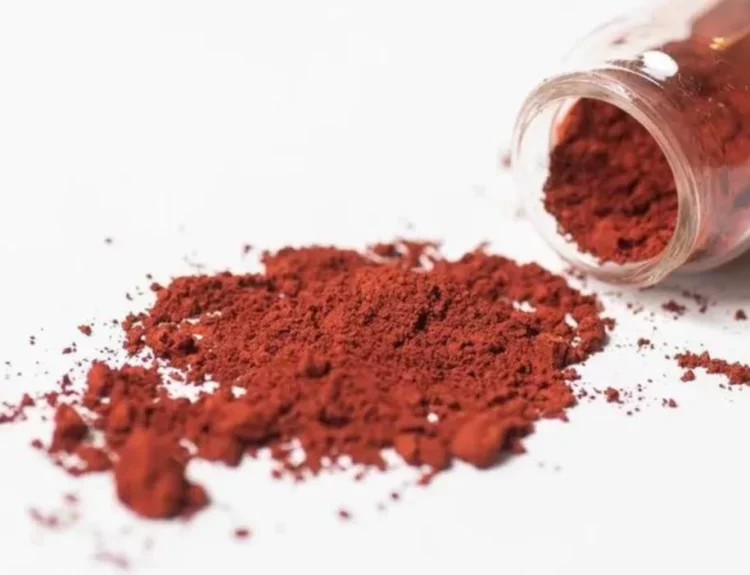Introduction
Carbon nanotubes, with their exceptional electrical, mechanical, and thermal properties, have become the poster child of nanomaterials with an ever-expanding range of applications. Multi-Walled Carbon Nanotubes (MWCNTs) are gaining considerable attention due to their unique structure and diverse potential uses among the various carbon nanotubes. This article explores the production process of MWCNTs, highlighting the methods, challenges, and applications associated with this remarkable nanomaterial.
What are Multi-Walled Carbon Nanotubes (MWCNTs)?
Multi-walled carbon Nanotubes are tubular carbon structures composed of multiple concentric graphene layers. Their multi-layered structure distinguishes them from Single-Walled Carbon Nanotubes (SWCNTs). MWCNTs exhibit extraordinary electrical conductivity, mechanical strength, and thermal stability, making them invaluable for various applications, from advanced materials to electronics and medical devices.
Methods of Production
There are several methods for producing MWCNTs, each with unique advantages and challenges. The most common methods include:
- Chemical Vapor Deposition (CVD): CVD is a widely used method where hydrocarbon gases are decomposed on a metal catalyst substrate, usually composed of iron, cobalt, or nickel. MWCNTs grow in a controlled manner on the catalyst surface. This technique is known for its ability to produce high-quality MWCNTs, but it can be complex and costly.
- Arc Discharge: Arc discharge is another standard method that utilizes a high-voltage electrical discharge between two electrodes of graphite in an inert gas environment. The high-temperature plasma generated in this process leads to the formation of MWCNTs. However, this method can yield a mixture of carbon materials, necessitating post-production purification.
- Laser Ablation: A high-power laser beam vaporizes a carbon target in a controlled atmosphere in this technique. The vaporized carbon condenses to form MWCNTs. Laser ablation allows for the production of high-purity MWCNTs but can be expensive due to the need for advanced laser systems.
Challenges in MWCNT Production
While the production methods have improved significantly over the years, several challenges still exist in the mass production of high-quality MWCNTs:
- Cost: The cost of producing MWCNTs can be relatively high, especially for high-purity, large-scale production. Reducing production costs is a priority to enable broader adoption in various industries.
- Contamination: Impurities and non-tubular carbon structures can often be present in MWCNT batches. Purification processes are required to obtain high-purity MWCNTs for many applications.
- Scale-up: Scaling up the production of MWCNTs while maintaining quality and consistency remains a technical challenge. Developing scalable and cost-effective production methods is essential.
Applications of MWCNTs
Due to their unique properties, MWCNTs have garnered significant attention across various industries. Some key applications of MWCNTs include:
- Electronics: MWCNTs have revolutionized the electronics industry. They are used to develop high-performance transistors, conductive inks, and flexible electronics. Their exceptional electrical conductivity makes them ideal for improving the performance of electronic devices.
- Materials Science: MWCNTs are incorporated into composite materials to enhance their mechanical strength, thermal conductivity, and electrical properties. These composites find applications in the aerospace, automotive, and construction industries.
- Energy Storage: MWCNTs are crucial in developing advanced energy storage systems. They are utilized in supercapacitors and lithium-ion batteries, leading to faster charging, longer-lasting energy storage, and improved energy density.
- Sensors: MWCNTs are employed in various sensor technologies. They are used in gas sensors to detect specific gases with high sensitivity. In addition, they find application in biosensors and strain sensors due to their high surface area and responsiveness to environmental changes.
- Drug Delivery: Functionalized MWCNTs have shown great promise in healthcare. They can encapsulate and deliver drugs to specific targets in the body, improving drug delivery efficiency and reducing side effects.
- Catalysis: MWCNTs are efficient catalyst supports for various chemical reactions, including hydrogenation and oxidation. They provide a large surface area for catalytic activity and contribute to improving reaction efficiency.
- Environmental Applications: MWCNTs are explored for environmental remediation, like water purification and air filtration. Their high surface area and adsorption capabilities effectively capture pollutants and contaminants.
Conclusion
Multi-Walled Carbon Nanotubes (MWCNTs) have emerged as a versatile and highly sought-after nanomaterial with various applications across multiple industries. While production methods have evolved, challenges such as cost and purification still exist. However, ongoing research and development efforts are poised to overcome these challenges, making MWCNTs more accessible and valuable in innovative applications. As technology advances, MWCNTs are poised to revolutionize industries, solve complex problems, and drive scientific and technological breakthroughs.
Techinstro is a Multi Walled Carbon Nanotubes manufacturer and supplier globally. You can buy MWCNt from here.


